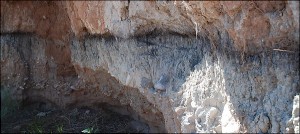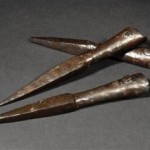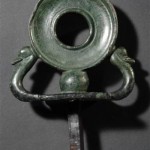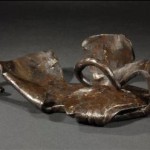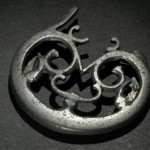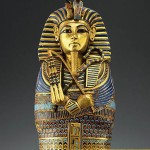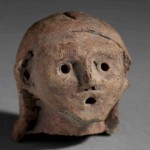 Although you might think so from the name. The Trypilians were a Stone Age people who lived in what is now Ukraine from 5400–2700 B.C. Apparently they created the largest settlements in the world (that we know of), only to burn them down and fade away.
Although you might think so from the name. The Trypilians were a Stone Age people who lived in what is now Ukraine from 5400–2700 B.C. Apparently they created the largest settlements in the world (that we know of), only to burn them down and fade away.
The Royal Ontario Museum is putting on an exhibit of Trypilian artifacts on loan from the Ukrainian government.
Highly sophisticated, the Trypilians were both farmers and hunters. Their ability to adapt to different terrain led to their prosperity, and soon they had the largest population growth of any other Neolithic people. They built the largest settlements in Europe at that time, some with an estimated population of 10-15,000 people. Every 60 to 80 years, they burned some settlements to the ground and moved to settle another location.
In 1896, Ukrainian archaeologist Vikenty Khvoika discovered one of these settlements near the village of Trypillia. The artifacts he uncovered were instrumental in reconstructing the daily lives of this prehistoric civilization.
Many of those artifacts are among the 300 on display in the exhibit. Star Trek-sounding civilizations I’ve never heard of are definitely worth a trip to ROM, imo.

